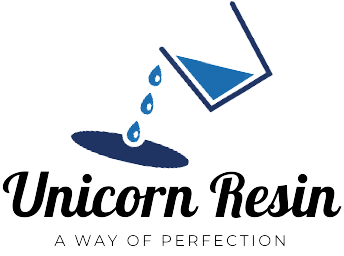Description
Epoxy resins are adaptable and often utilised in a variety of sectors, from composites and electronics to adhesives and coatings. These resins provide superior mechanical, electrical, and chemical resistance as well as strong adhesion. Epoxy resins, however, frequently require the addition of cross linking agent in order to reach their full potential. We shall go into the realm of epoxy resin cross-linking agents in this article and examine their significance, varieties, and uses.
The Role of Cross-Linking Agents
In the curing of epoxy resins, cross-linking agents are essential. Epoxy resins are typically low-viscosity liquids that can flow and be shaped in any way when they are still uncured. However, cross-linking is required to make them into a strong, long-lasting substance. The creation of three-dimensional networks within the epoxy matrix is facilitated by cross-linking agents, producing a cured resin with improved mechanical, thermal, and chemical properties.
Types of Cross-Linking Agents
Amine-based Cross-Linking Agents
The most popular additives for epoxy resins are amine-based cross-linking agents. They create stable covalent bonds with epoxy groups through their reaction, creating a cross-linked network. Secondary amines are utilised for slower, more flexible curing processes, whereas primary amines, such as aliphatic and cycloaliphatic amines, are frequently used for quick curing.
Anhydride-based Cross-Linking Agents
Epoxy groups and anhydride-based cross-linking agents interact via a ring-opening reaction. They have exceptional thermal stability, which makes them particularly suited for high-temperature applications. Compared to amine-based treatments, anhydrides have longer pot lives and slower cure rates, which enable longer processing durations.
Mercaptan-based Cross-Linking Agents
Epoxy groups and mercaptan-based cross-linking agents, also referred to as thiols, interact to generate thioether bonds. They are frequently employed in situations where strong adhesion, low viscosity, and flexibility are required. Systems based on mercaptans provide strong chemical resistance and low curing temperatures.
Applications of Cross-Linking Agents in Epoxy Resins
Adhesives and Sealants
In epoxy-based adhesives and sealants, cross-linking agents are critical ingredients. They give resilience to environmental elements such temperature changes, humidity, and chemicals and enable robust bonding. The longevity and long-term effectiveness of adhesive bonds are guaranteed by the employment of proper cross-linking agents.
Coatings and Paints
Due to their outstanding mechanical and chemical resistance qualities, cross-linked epoxy resins are frequently used in coatings and paints. The cured films can survive challenging conditions, such as abrasion, corrosion, and UV exposure, by including the proper cross-linking agents. Cross-linking substances also aid in enhancing the bonding of epoxy coatings to various substrates.
Composites
Epoxy resins that have been strengthen with fibres or fillers are frequently utilised to create composite materials. These composites’ mechanical strength and rigidity are improve by cross-linking agents, making them perfect for use in the construction, automotive, and aerospace industries. The composite components’ stability and structural integrity are provide by the cure epoxy matrix.
Conclusion
Cross linking agent are essential ingredients in epoxy resin formulations because they allow liquid resins to become sturdy, adaptable polymers. The desire qualities and application requirements determine which cross-linking agent is the best fit. Cross-linking agents are essential for maximising the performance of epoxy resins in a variety of industries, whether it is improving the mechanical strength of composites, offering chemical resistance in coatings, or guaranteeing trustworthy bonding in adhesives.


Reviews
There are no reviews yet.